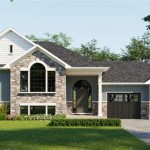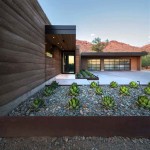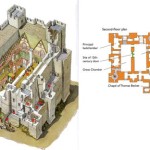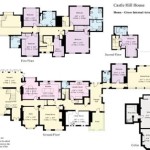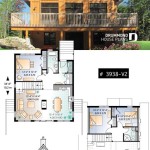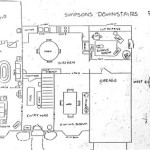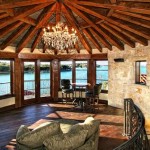Essential Aspects of RSPB Hedgehog House Plans
The Royal Society for the Protection of Birds (RSPB) is a renowned conservation organization dedicated to the protection of birds and their habitats. As part of their efforts, RSPB has developed comprehensive plans for hedgehog houses, providing vital shelter for these vulnerable creatures. Understanding the key aspects of RSPB hedgehog house plans is crucial to ensure the well-being and survival of hedgehogs.
Entrance and Dimensions
RSPB hedgehog house plans specify clear dimensions for the entrance and the overall structure. The entrance should be approximately 13cm x 13cm (5in x 5in) to allow hedgehogs easy access while preventing larger animals from entering. The internal dimensions of the house should be around 25cm x 30cm (10in x 12in) to provide ample space for a hedgehog.
Materials and Durability
RSPB plans emphasize the use of durable and moisture-resistant materials for the construction of the hedgehog house. Wood, such as treated pine or cedar, is an ideal choice due to its resistance to rot and decay. Plywood or OSB (oriented strand board) can also be used, ensuring sufficient strength and insulation. Proper ventilation is crucial, so the plans include vents or gaps to allow for air circulation.
Siting and Protection
The location of the hedgehog house is vital for its effectiveness. RSPB plans recommend placing the house in a sheltered, secluded area of the garden, away from direct sunlight and prevailing winds. A dense undergrowth or shrubbery provides natural protection and camouflage. The house should be slightly raised off the ground to prevent dampness and ensure drainage.
Tunnel Access and Nest Material
Some RSPB hedgehog house plans incorporate a tunnel entrance, which provides additional protection from predators and reduces disturbance. The tunnel should be approximately 15cm (6in) long and wide enough for a hedgehog to pass through comfortably. Soft bedding material, such as dry leaves, straw, or shredded paper, should be placed inside the house to create a cozy and insulating nest.
Maintenance and Monitoring
RSPB plans emphasize the importance of regular maintenance to ensure the cleanliness and usability of the hedgehog house. Periodically cleaning the house by removing old bedding and debris promotes a healthy environment for the hedgehogs. Monitoring the activity around the house using a trail camera or similar device can provide valuable insights into hedgehog activity and the effectiveness of the house.
Additional Features
Some RSPB hedgehog house plans include additional features to enhance the functionality and aesthetics of the structure. A removable roof can facilitate easy cleaning and inspection, while a painted finish can provide a weather-resistant and attractive exterior. By incorporating these thoughtful elements, the RSPB plans aim to create safe and comfortable havens for hedgehogs in gardens and urban environments.
Conclusion
Understanding the essential aspects of RSPB hedgehog house plans is fundamental to providing optimal shelter and support for these beloved creatures. By following the guidelines outlined in RSPB plans, landowners can create effective and durable hedgehog houses that meet the specific needs of these small mammals. These houses play a crucial role in protecting and conserving hedgehogs, ensuring their continued presence in our gardens and ecosystems.

Rspb Hedgehog House Bird Feeder

How To Build A New Hedgehog House S Hollow

The Best Hedgehog Houses For Your Garden In 2024 Countryfile Com

How To Build A Hedgehog House S Hollow

Rspb Hedgehog House Bird Feeder

Resources Wilderhood Watch

How To Build A Hedgehog House Rspb Nature On Your Doorstep
Why Hedgehog Feeding Stations Need Baffles All Creatures Wildlife The Rspb Community
Why Hedgehog Feeding Stations Need Baffles All Creatures Wildlife The Rspb Community

Hedgehog Awareness Week How To Encourage Hedgehogs

